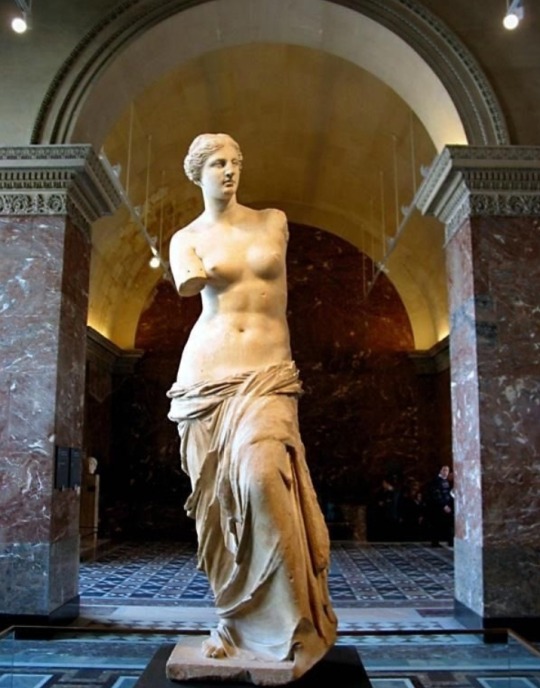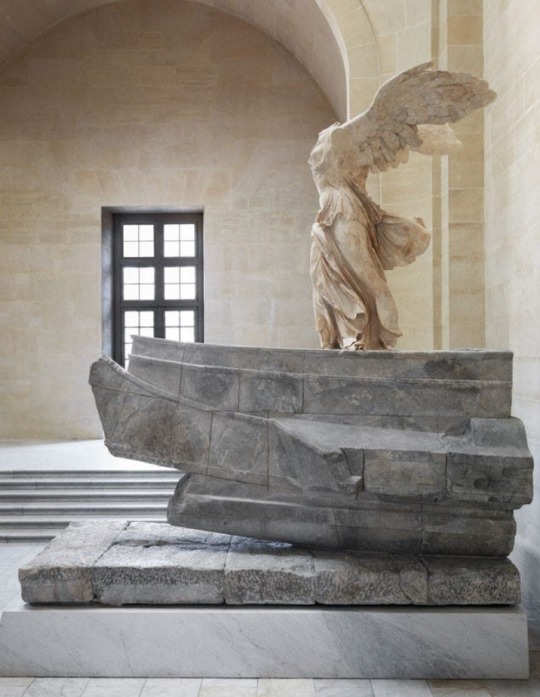#the code of hammurabi
Explore tagged Tumblr posts
Text

"An Eye for and Eye, a Tooth for a Tooth."
I have been dying to draw Billford in the Code of Hammurabi because of my history of graphic design class. Chat how do we feel about this?
#gravity falls#fanart#book of bill#gravity falls fanart#the book of bill#alex hirsch#billford#artists on tumblr#bill cipher#stanford pines#gruncle ford#ford pines#i love you ford pines#billford doomed yapi#yaoi#doomed yaoi#old man yaoi#the code of hammurabi#an eye for an eye#aesocs
208 notes
·
View notes
Text
To all the millions of people and not that I'm sure will read this post, I have something to tell you.
I wrote a new story:
RomComPar

(Don't mind the mess, I'm not an artist.)
You can read it on Tapas or Honeyfeed
It's kind of a parody of manga romcoms (never would have guessed), and kind of whatever I wanted to write, but the main point is that it's funny
I already posted the first two chapters, and the third will be posted in a couple of days.
Now go read it, multiple times if you could so that it shows up more on the home
#oc#story#creative writing#art#i think#tapas#honeyfeed#funny#the code of Hammurabi#i dont know how to use tags#what do you want?#trends#relatable#the pope?#webnovel#light novel#ya
1 note
·
View note
Text
Ancient Law Unearthed From 5000 BC
Though the Code of Hammurabi is often cited as the first legal text, a much older stele dating to 5750 BC is thought to have held an earlier code of law, specifically dealing with mineral sales and metals of the proto-bronze age. The stele only has one law remaining intact but may have held over 20 total.

Unearthed from an ancient tin mine in Serbia, the Stele of Cassander The Nameless is a solid granite block measuring about 3 meters tall, engraved with Ancient Macedonian letters and mostly broken apart by time and mining activity.

Most of the laws on the stele are unreadable, but law 7 is fully intact and details the ownership rights of tin ingots, stating that it was not the miner nor the owner of the mine who had the right to sell the tin, but rather whoever participated in the smelting and reduction into the metal's pure form. Because of the past tense writing of ancient Hellenistic dialects, the first law recorded in human civilization translates exactly to, "He who smelt it dealt it."
477 notes
·
View notes
Text

164 notes
·
View notes
Text
My original reaction to Poseidon's bit where he says "I'll take your son and gouge his eyes" etc etc was along the lines of "that seems a bit unnecessary, what did Telemachus do" and then I went wait, that was exactly what Odysseus did
It took me a bit too long to realize that that line was essentially implying Poseidon returning the favour, an eye for an eye
#or a son's vision for a son's vision#but that doesn’t flow as nicely so we're going with the hammurabi's code version#anyways. listen to the vengeance saga#it's fun and nothing bad happens#epic the musical#epic the vengeance saga
20 notes
·
View notes
Text
What was rule number one?
Newton: Objects at rest stay at rest and objects in motion unless acted upon by an external force?
Hamilton: The challenge: demand satisfaction, if they apologize no need for further action?
Hammurabi: if a man accuses another man of murder and can’t prove it, the accuser should be put to death?
James Madison: Freedom of religion?
Ha nerds, rule number one is don’t get caught-
“TIME TRAVEL POLICE, OPEN UP”
#shitpost#james madison#hammurabi’s code#hamilton musical#alexander hamilton#nerdy shit#isaac newton#us constitution#newtons laws of motion#history
8 notes
·
View notes
Text
Code of Hammurabi

By Mbzt - Own work, CC BY 3.0, https://commons.wikimedia.org/w/index.php?curid=16931676
The Code of Hammurabi was written between 1755-1850 BCE in Akkadian and inscribed on a basalt stele, or stone pillar, that is 2.25m (7' 4.5") tall. It was rediscovered in 1901 in Susa, Iran, was taken as plunder, and now is in the Louvre Museum in Paris France. It is the longest, most organized, and best preserved legal code of the ancient Near East. It is not the oldest, though. That title goes to the Code of Ur-Nammu, which was written around 2100-2050 BCE and was still being copied when Hammurabi's code was written. There did seem to be a change in focus, though, from compensation in the Code of Ur-Nammu to punishment in the Code of Hammurabi.

By Mbzt - Own work, CC BY 3.0, https://commons.wikimedia.org/w/index.php?curid=59794940
The top of the stele has an image of Hammurabi and Shamash, the Babylonian god of the sun and justice, on it. The figure on the left is standing, facing the other with one hand raised and the other held across the waist with fabric draped over his arm. The other is seated, wearing a multilayered skirt, holding a rod and ring in one hand, seemingly offering or accepting it, with what might be the back of the chair or rays coming from behind his shoulders. Whether the standing figure is Hammurabi or Shamash is up for debate. The Rod and ring are thought to be measuring tools or emblems of kingship.

By Deror avi - Own work, CC BY-SA 3.0, https://commons.wikimedia.org/w/index.php?curid=6042133
In total, there are 4130 lines of text on the stele. The first 300 go through Hammurabi's royal authority based on his family line and being chosen by Marduk, the patron deity of Babylon, and other gods conferred on him. He then enumerates his many qualities as king, including being 'pious' repeatedly. The last lines of the introduction state that the the writing of the Code was to fulfill Marduk's request to 'establish "truth and justice"…for the people'.
The next 3330 lines enumerate the laws of the Code. These lines cover approximately 282 laws covering a wide range of topics from offenses against the law such as leveling false charges through to property law, trade law to family law, as well as labor laws. It isn't, however, a complete codex of the laws of the land as it misses laws relating to shepherds though it covers laws relating to cattle herders. The laws are also written in an 'if…then…' format, lacking any generalized laws as well as covering some extremely unlikely events, like using goats (very unruly animals) to thresh grain. It also apparently wasn't used very much by judges at the time based on the fact that no legal documentation that we have references it. The closest is two references to 'a stele', but many judgments cite royal decrees, and many judgments run counter to the Code.
Some think that the Code isn't an actual list of laws, but an example of how judgments should be formulated, that it was meant to be a work of scholarship. Supporting this is that the laws come in pairs, such as one that says a physician should be paid if they perform a service that heals while they should be punished if the treatment causes death or blindness. Laws also differed based on the offender and the victim. There were three levels of people listed, awīlum, muškēnum, and wardum (male)/amtum (female). Wardum and amtum are the slave class. The other two are uncertain, but most likely 'gentleman' and 'commoner' respectively. There were also nuances within the classes themselves, based on laws that reference one being higher than another.
The final 500 lines reiterate that Hammurabi established the law, that the law should be read aloud to anyone who wrongheadedly brings a lawsuit, and a wish for good fortune on those that follow the laws and the wrath of the gods on those who ignore it. Twelve gods are invoked to punish those who don't acknowledge or adhere to the Code.
7 notes
·
View notes
Text
✨🦁✨ 🥴💦
#dislyte#shamash#javid#I assume those dark cuneiform-covered pillars he summons are evocative of the Code of Hammurabi stele
116 notes
·
View notes
Text
TODAY IN HISTORY

10 August 1793
The Louvre opened in Paris, eventually becoming the most visited museum in the world.
Check out the most famous works in the Louvre below! 👇🏼🧵

The Code of Hammurabi — 1750 BC

Venus de Milo — 2nd century BC

Winged Victory of Samothrace — 190 BC

Liberty Leading the People — 1830

The Raft of the Medusa — 1819

The Coronation of Napoleon — 1807

Psyche Revived by Cupid's Kiss — 1793

(L): The Seated Scribe — 2500 BC
(R): The Great Sphinx of Tanis — 2600 BC

Mona Lisa — between 1503 and 1506
#The Louvre#Paris#France#museum#Code of Hammurabi#Venus de Milo#Winged Victory of Samothrace#Liberty Leading the People#Raft of the Medusa#Coronation of Napoleon#Psyche Revived by Cupid's Kiss#Seated Scribe#Great Sphinx of Tanis#Mona Lisa#artworks#history#today in history#ancient civilizations
9 notes
·
View notes
Text
"A man's gotta have a code"
- Hammurabi, probably
7 notes
·
View notes
Quote
Creationists have also changed their name ... to intelligent design theorists who study 'irreducible complexity' and the 'abrupt appearance' of life—yet more jargon for 'God did it.' ... Notice that they have no interest in replacing evolution with native American creation myths or including the Code of Hammurabi alongside the posting of the Ten Commandments in public schools.
Michael Shermer
#Michael Shermer#quotelr#quotes#literature#lit#code-of-hammurabi#creation-myths#creationists#evolution#first-amendment#god-did-it#goddidit#hammurabi#intelligent-design#irreducible-complexity#jargon#myths#native-american#origin-of-life#pseudoscience#school#science#separation-of-church-and-state#sophistry#superstition#ten-commandments
3 notes
·
View notes
Text
Unearthing Ancient Civilizations
The Importance of Over 30,000 Preserved Cuneiform Writings Deciphering a Lost Language Insights into Daily Life and Culture The Epic of Gilgamesh Technological and Scientific Advances Religious and Mythological Texts The Role of Cuneiform in Modern Research Challenges in Preservation and Interpretation Enhancing Accessibility and Understanding Book Recommendations Online Resources and…

View On WordPress
#Assyriology#Babylonian mathematics#British Museum#Code of Hammurabi#Cuneiform#Cuneiform Digital Library Initiative (CDLI)#Epic of Gilgamesh#Henry Rawlinson#Louvre Museum#Mesopotamia#Mesopotamian mythology#Sumerians
7 notes
·
View notes
Text

Captain Constance L. Hanaway of the first division, FDCM
#oc#my art#sun-floweroo#my drawing#sketch#oc art#story#story ideas#Hammurabi’s code#Hammurabi’s code oc#original character#original story
5 notes
·
View notes
Text
do I write the artem wing x saeyoung choi one-shot or...?
#me when I realize my 2 favorite male presenting love interests are genuinely compatible#shocked pikachu face#mod mumbles#they both like fishing and cars and have strong senses of justice!#except artem believes in the legal system and saeyoung believes in hammurabi's code#But they're both committed to the bit#also autistic coded... so very autistic coded.....
2 notes
·
View notes
Text
A nearby tablet shows the Post-Code of Hammurabi, which was established so that senders of complaints could be sure their tablets went to the right place.
Archaeologists have confirmed that cheaper shipments were made without resorting to the Post-Code, however this led to errors which commonly involved the towns of Ah and Um rather than the city of Ur.
The Post-Code tablet shows the slightly increased but guaranteed-delivery charges laid down after consultation with the priests of Markdup.

Shoutout to the time my partner and I got so excited to see Ea-Nasir's hate mail in person that we failed to notice the Code of Hammurabi next to it
#ea nāṣir#ancient complaints#substandard copper#Ur#code of hammurabi#post code#zip code#eir code#where code?
57K notes
·
View notes
Text
I apprrciate the occasional Talkville moments where Michael is like if someone tried to kill me I would absolutely kill them and not feel bad about it what else would i do and Tom is like you could learn to forgive idk :) and its like mmm. Smallville moment.
#au where lex lives and he and clark make up and start a podcast#and also they communicate normally#itd be like 'if a man feels his life is in danger he'll do what he has to to survive. call it hammurabi's code or human nature.'#clark '...' *meditating on the word human but saying nothing*
0 notes